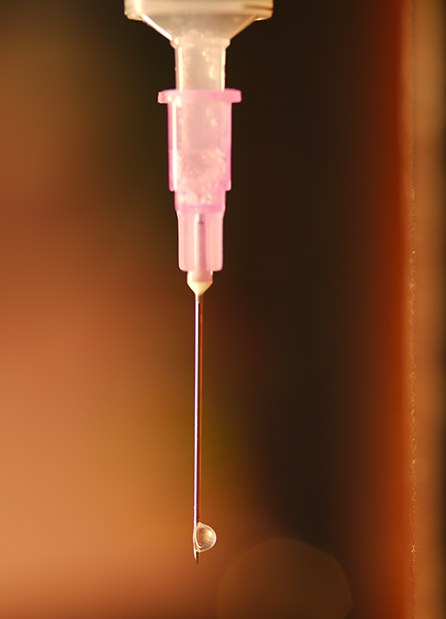Sexy: The correlation between moles and sex symbols
How is it that a cluster of pigmented cells have become an emblem of attractiveness?
- 03.11.2021
- By Emily Heng
As it is, I’ve never looked at a mass of melanocytes and thought, “Wow, that’s hot.” But as it turns out, there are a lot of people who do. This is evidenced by the common denominator between renowned bombshells in both the past and present. Think Marilyn Monroe, Cindy Crawford, Dita Von Teese, and Kate Upton, to name a few. While said parties varied in terms of career trajectories and personality, they all retained an image of unadulterated sexiness; a kind of magnetism that has folks attributing it — mistakenly! — to specific facial features. And so, the humble mole was imbued with new meaning. Clusters of pigment were, suddenly and irrevocably, alluring as heck.
This begs the question: How did we get to this point? As someone who has multiple moles all over her face, I regularly experience the indignity of getting questioned about its legitimacy. “Do you draw them on?” is a common refrain. Others typically treat it as a stellar conversation-starter, as if I — a person who regularly stares at her own reflection — should be in awe of their highly-respectable observational skills. If we were to look at it simplistically, it’s funny how a single black speck on one’s mien can induce such a wide variety of reactions and emotions.
In Ancient Rome, for instance, beauty marks are said to be a curse from the Gods who felt that humans had become far too attractive. Slaves later utilised faux moles to hide their scars sustained from years of abuse, where they cut off their branded skin and covered it up with black marks. Medieval Europe, however, dubbed it as an indicator of witchcraft and the devil’s mark. Then there’s Imperial China, which looked at mole placement as a way of telling one’s character and career prospects.
Ironically enough, moles in the past largely held grim connotations. Its slow transition from despicable to desirable can be traced back to 18th century Europe, after a series of smallpox outbreaks had women faking moles to conceal their scars. This was done via sticking adhesive patches to their skin affectionately dubbed mouches — of which were made of silk, taffeta, or velvet.
Soon, this grew to became a trend in various parts of Western Europe and France. There was a lot to learn from aforementioned mouches, where its location determined one’s mood or temperament. A mole on the cheek was said to be a sign of flirtation, while one below the lip suggested that you were a discreet lover. One could also differentiate an individual’s status simply by looking at their mouche of choice, with women of limited means being able to afford only mouse skin stickers as compared to their richer counterparts.
Things blew up further in 20th century America, when American multi-hyphenate Marilyn Monroe burst onto the scene. Her signature beauty mark was emulated by thousands, to the point where people were getting tattoos or piercings to mimic aforementioned mole. Instead of being viewed as a defect, it was regarded as a way to accentuate one’s facial features, with Hollywood bigwigs frequently drawing them on different sites depending on what they wanted fans to focus on. Marina, lead singer of Marina and the Diamonds, Kelly Rowland, and even Elizabeth Taylor have admitted to it, while Dita Von Teese has revealed that she got hers tattooed eventually.
If this tells us anything, it is that no object or entity is defined by its nature — rather, it is what we humans characterise it to be. Does this mean that one day we can attach positive connotations to skin conditions in the vein of acne, rosacea, or even psoriasis? We sure hope so. Considering how we have managed to instill and link concepts of class privilege, violence, and freedom to a mass of darkened skin cells, we’d say it won’t be too much of a stretch. Fingers crossed.
ADVERTISEMENT. CONTINUE READING BELOW




